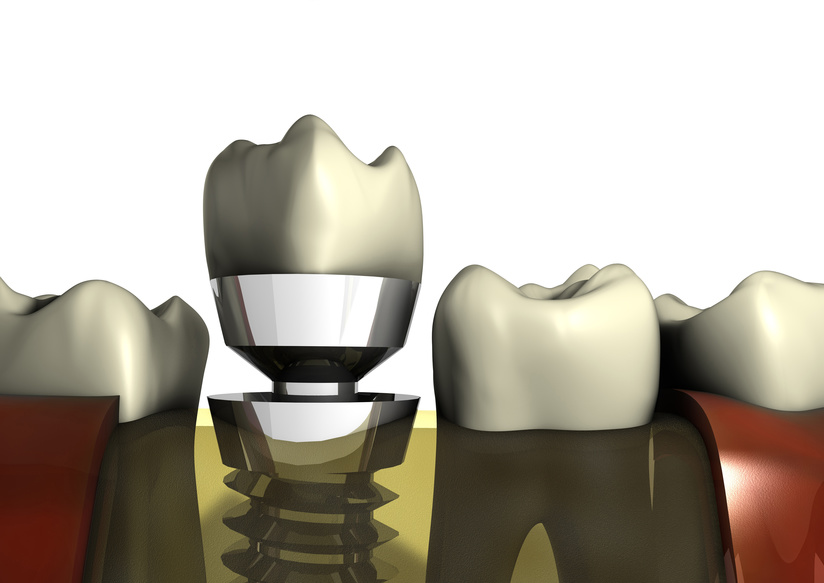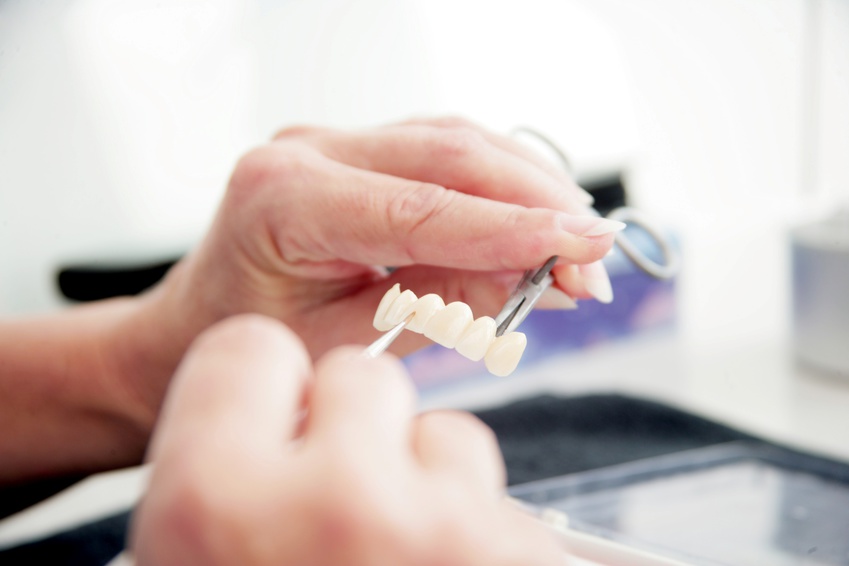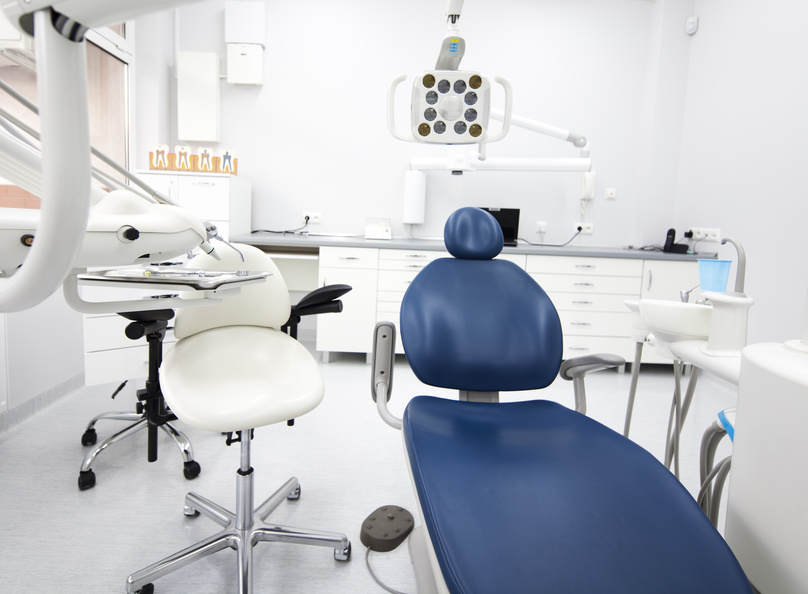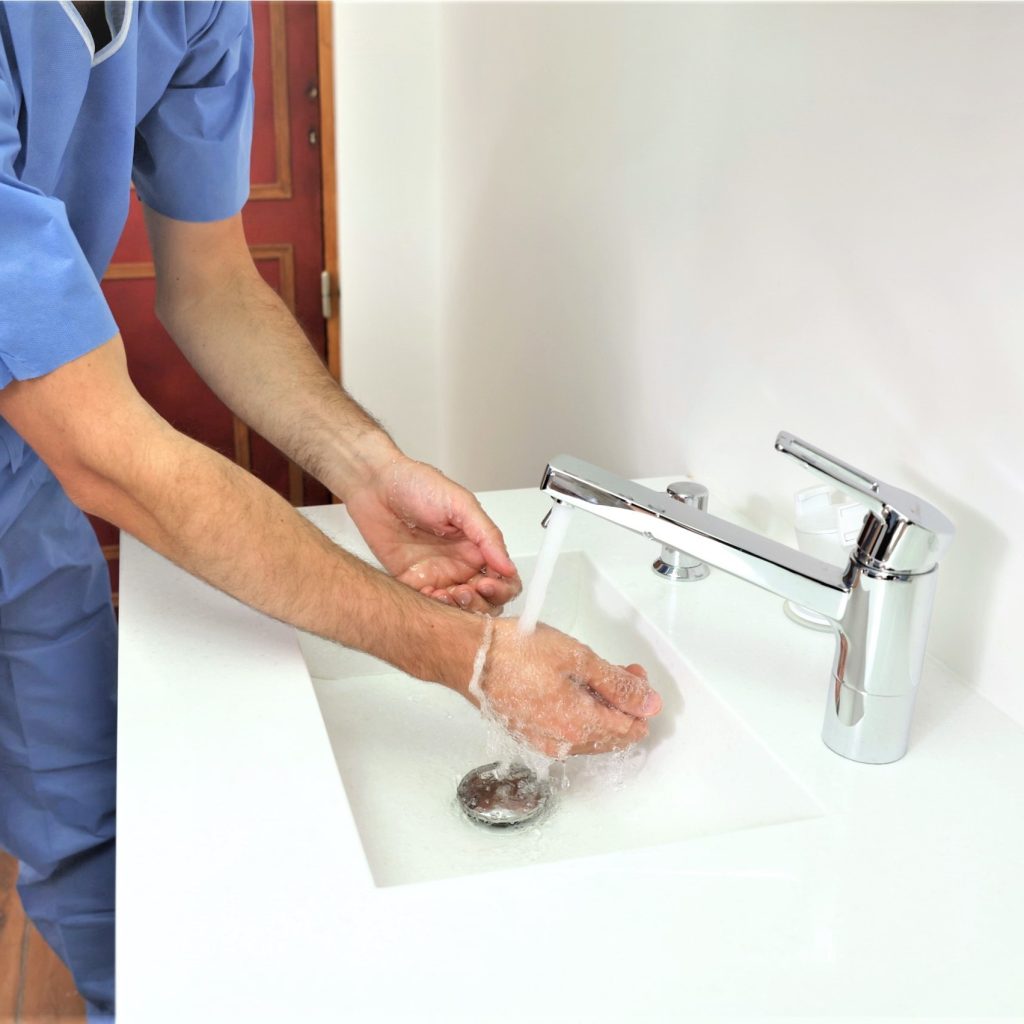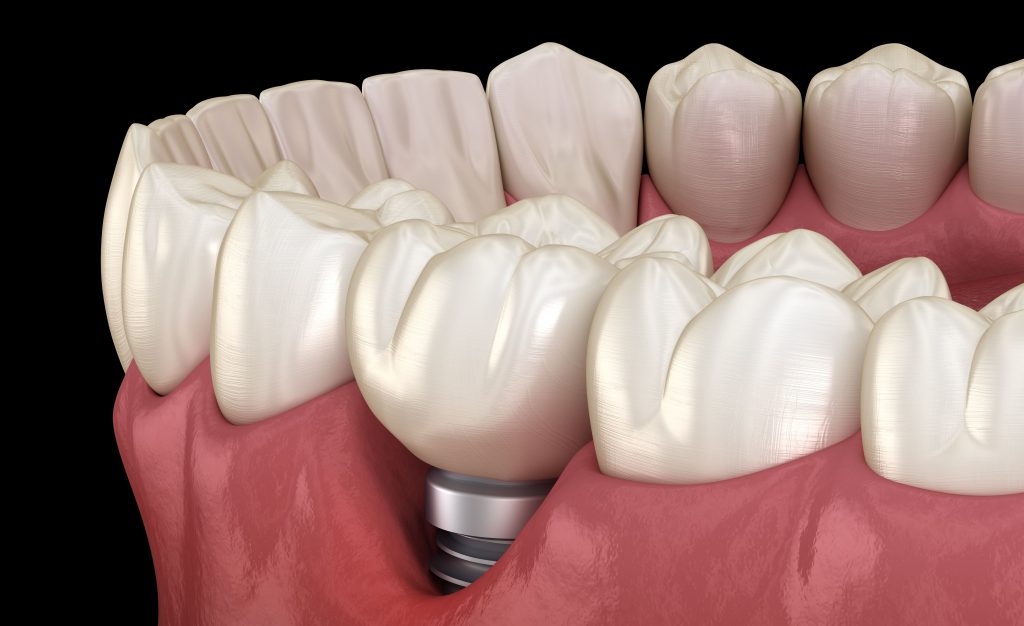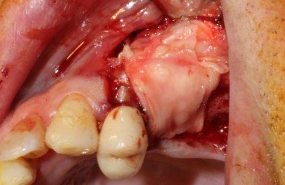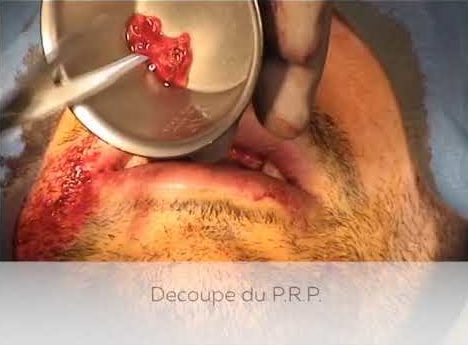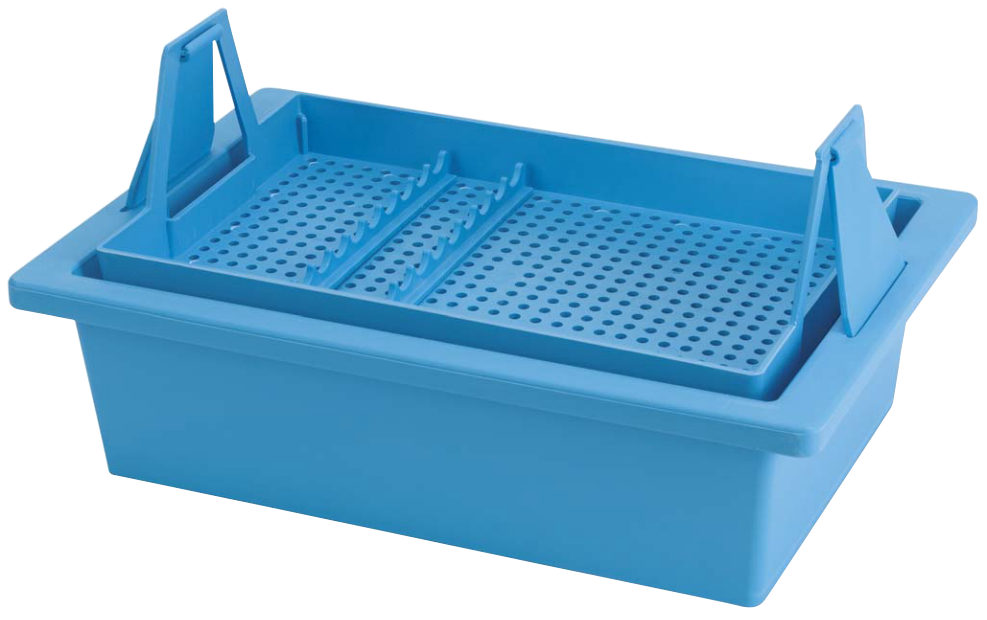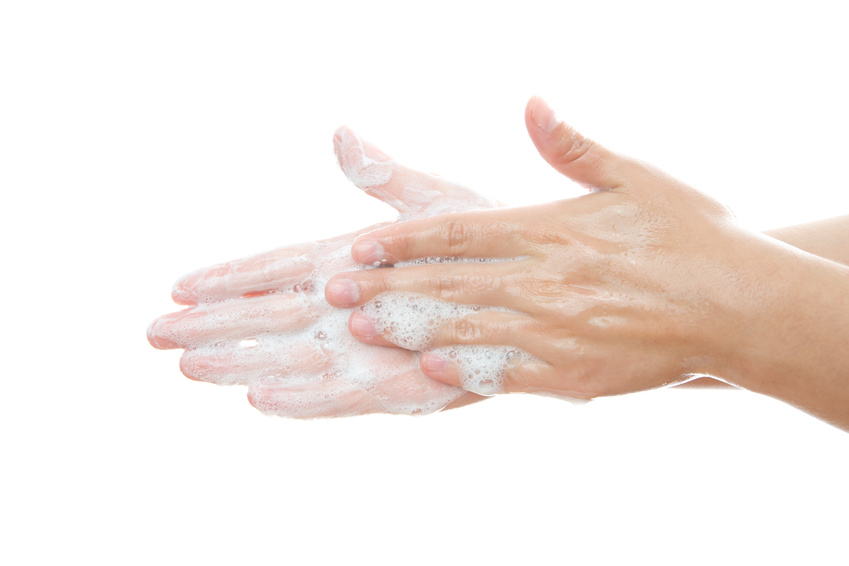
Thesis title: Dental Anxiety in Adults – Psychosocial Aspects, Oral Health and Psychological Treatment
- Author: Carlsson, Viktor
- Date: 11-May-2015
- University: University of Gothenburg. Sahlgrenska Academy
- Source: Thesis of Viktor CARLSSON
- Thematic: patient care
- Summary: The aim of this thesis was to investigate relationships between dental anxiety (DA), psychosocial factors, oral health and oral health-related quality of life (OHRQoL) in adults, and to assess the efficacy of cognitive behavior therapy (CBT) as treatment for DA. Study I is a national Swedish survey, studies II and III are clinical cross-sectional studies on patients with severe DA, and study IV consists of a systematic review and a meta-analysis. In the first study, a weak relationship was found in the general population between Antonovsky’s salutogenic concept of sense of coherence (SOC) and DA. Strong relationships were found between high DA and low OHRQoL, irregular dental care and smoking. In study II, a high prevalence of attention deficit hyperactivity disorder (ADHD), as indicated by a screening questionnaire, was found in patients with severe DA. ADHD was further associated with a higher level of DA and lower self-rated/subjective oral health. There were also indications of poorer objective oral health associated with ADHD, although these relationships were not statistically significant. In study III, the results showed a substantial dissatisfaction with orofacial esthetics in patients with severe DA. Ratings of orofacial esthetics were related to both psychological and oral health. Furthermore, the results confirmed the validity of the Orofacial Esthetic Scale (OES), when used on patients with severe DA. The systematic review in study IV included randomized controlled trials evaluating CBT for severe DA, and identified ten scientific publications originating from seven different RCTs. Some support was found for CBT resulting in a clinically significant reduction in DA immediately after treatment and at follow-up after one and two years. Also, some support was found for CBT enhancing the acceptance of conventional dental treatment. These results were all based on a low quality of evidence according to the GRADE (Grading of Recommendations Assessment, Development, and Evaluation) system. In conclusion, DA is an important condition associated with avoidance of dental care and health-related outcomes. Dissatisfaction with orofacial esthetics and ADHD both seem to be associated with DA and in the general population a weak relationship between the SOC and DA was found. There are effective psychological methods that can reduce or eradicate DA in adult individuals, although there are substantial knowledge gaps to be investigated.



